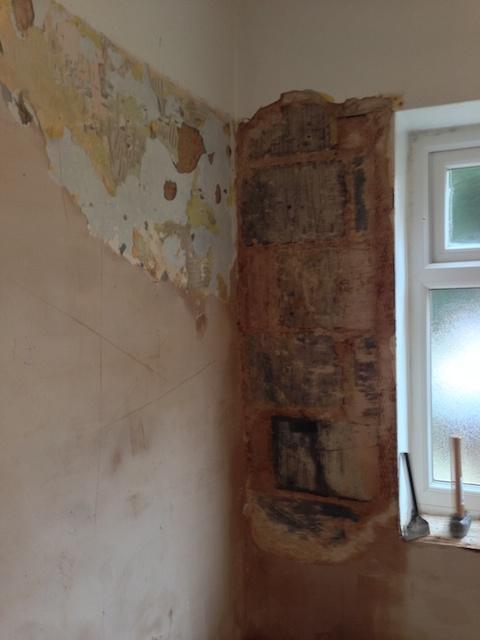I'm trying to remove the current bonding from the walls.
Am I doing something wrong or does this really take such a long time?
I started chipping away at it, then realised if I wet it it comes off easier.... any other tips or tools I should be using?
This small section took me at least an hour:
Am I doing something wrong or does this really take such a long time?
I started chipping away at it, then realised if I wet it it comes off easier.... any other tips or tools I should be using?
This small section took me at least an hour:
Bonding removal
This took freakin ages... must be doing something wrong! Chisel and hammer I'm using are on the...



